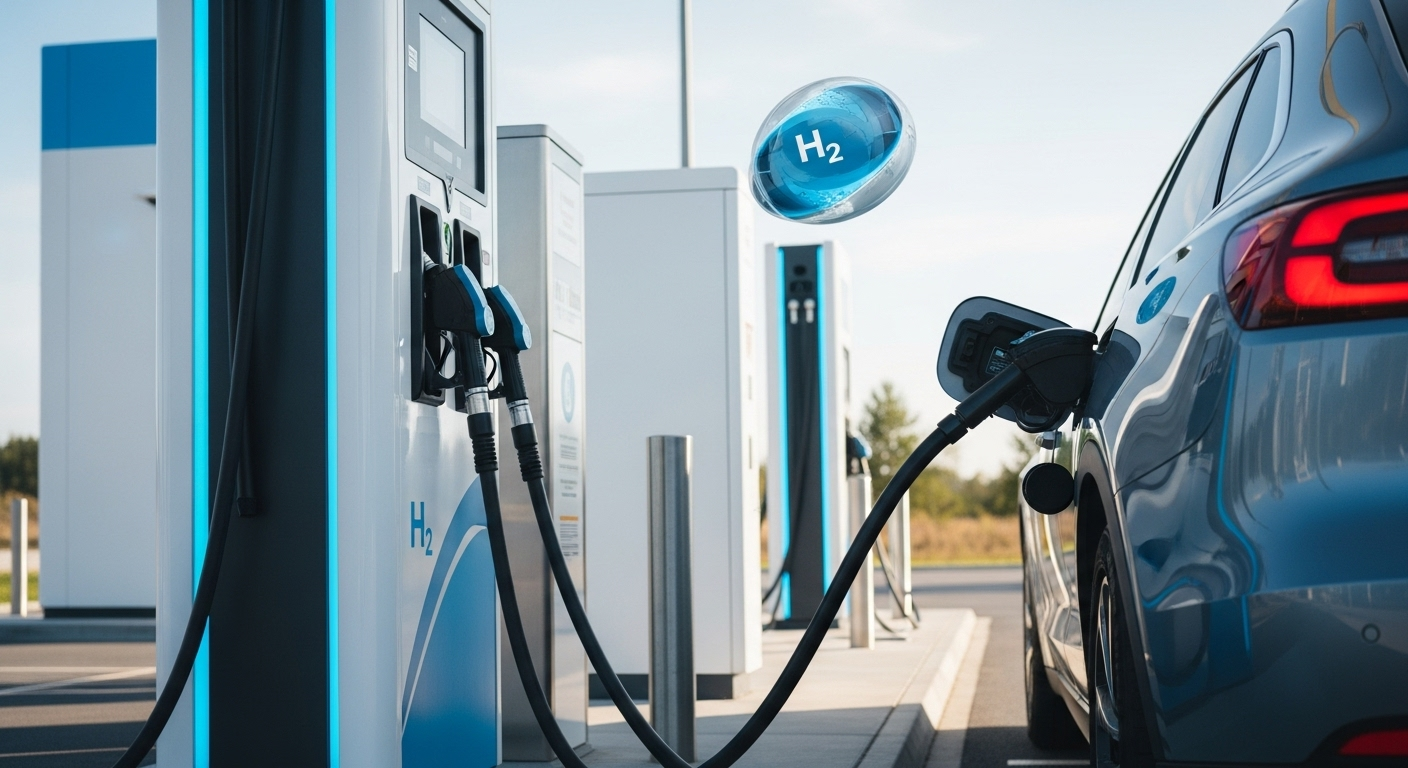Accelerating into the Future: Understanding the Role of Hydrogen Fuel Cells in Automotive Engineering
Imagine a world where the car you drive emits nothing more harmful than water vapor. It sounds like a far-off dream, but this is the promise of hydrogen fuel cell technology. This article delves into the evolution of this fascinating technology, its current applications, and the potential challenges it faces in the automotive industry.

The Genesis of Hydrogen Fuel Cell Technology
The hydrogen fuel cell is not a new invention. The concept dates back to the early 19th century when a British scientist, Sir William Robert Grove, discovered the principle of reversing electrolysis to generate electricity. However, it wasn’t until the 1950s that the technology was applied in practice, primarily in the space industry. Despite its age, the hydrogen fuel cell has only recently found a home in the automotive industry, a shift driven by our increasing need to reduce our carbon footprint and develop sustainable energy sources.
How Hydrogen Fuel Cells Work
The science behind hydrogen fuel cells is surprisingly simple. These cells combine hydrogen and oxygen to produce electricity, with water and heat as the only byproducts. The process is clean and efficient, with one kilogram of hydrogen producing as much energy as a gallon of gasoline. This is remarkable, considering that the process does not involve combustion and, therefore, does not produce harmful emissions.
Current Applications in the Automotive Industry
Several car manufacturers, including Toyota, Honda, and Hyundai, have embraced hydrogen fuel cell technology, producing vehicles that are not only eco-friendly but also boast impressive performance metrics. For instance, the Toyota Mirai, one of the pioneers in this space, offers a range of approximately 312 miles on a full tank of hydrogen, rivaling traditional gasoline-powered cars.
The Road Ahead: Benefits and Challenges
The advantages of hydrogen fuel cells are evident. They produce zero harmful emissions, offer excellent energy efficiency, and provide a longer driving range than most electric cars. However, there are still hurdles to overcome. The infrastructure for producing, storing, and distributing hydrogen is still underdeveloped. Furthermore, the process of producing hydrogen can be energy-intensive and often relies on fossil fuels, negating some of the environmental benefits.
Conclusion
Hydrogen fuel cell technology is an exciting development in the world of automotive engineering, offering a promising route to a sustainable and zero-emissions future. While challenges remain, the progress made in recent years is encouraging, signaling a seismic shift in how we power our vehicles. As we continue our journey towards sustainability, hydrogen fuel cells are likely to play an increasingly significant role. After all, the future is not just about driving—it’s about driving responsibly.




